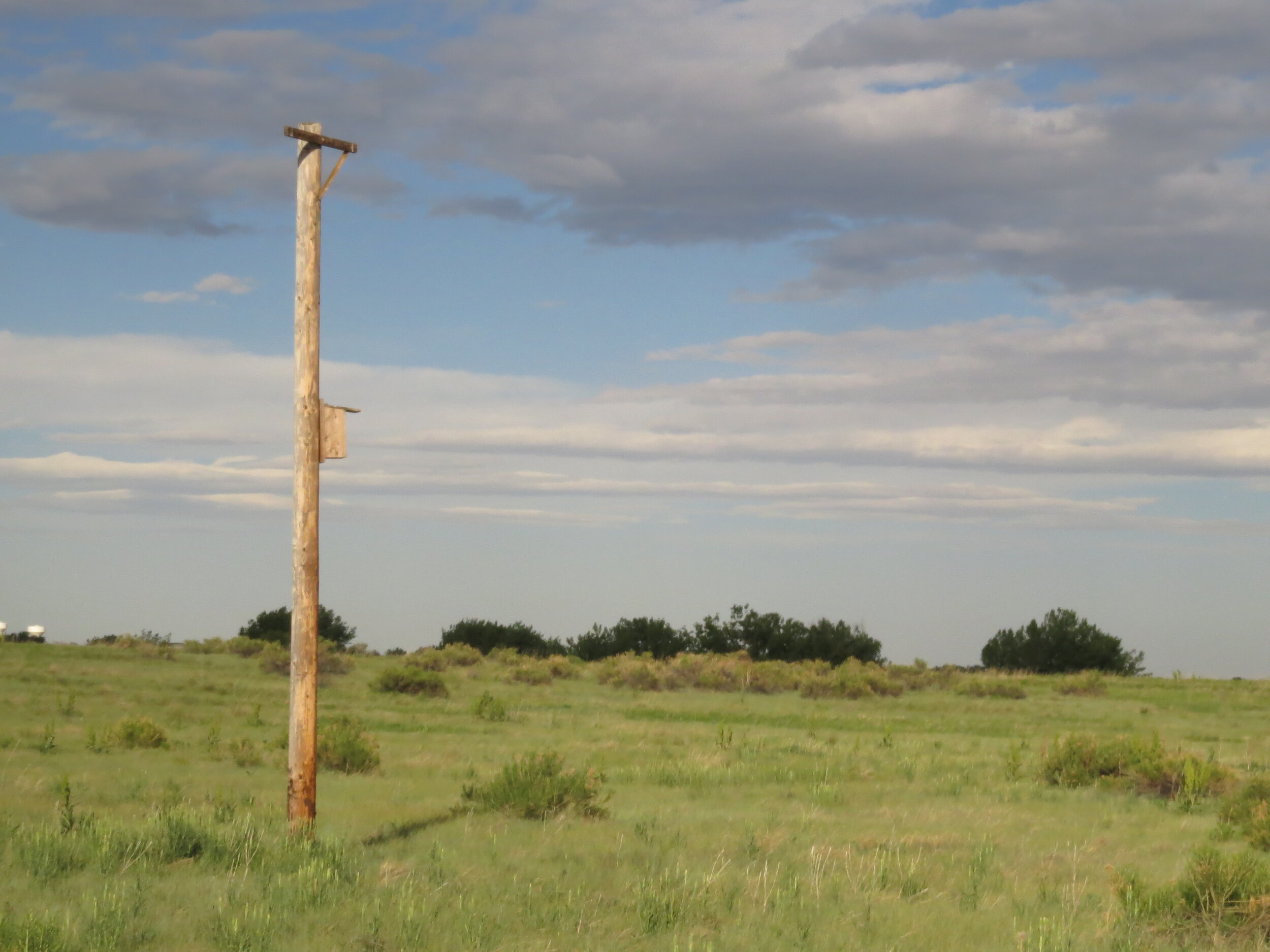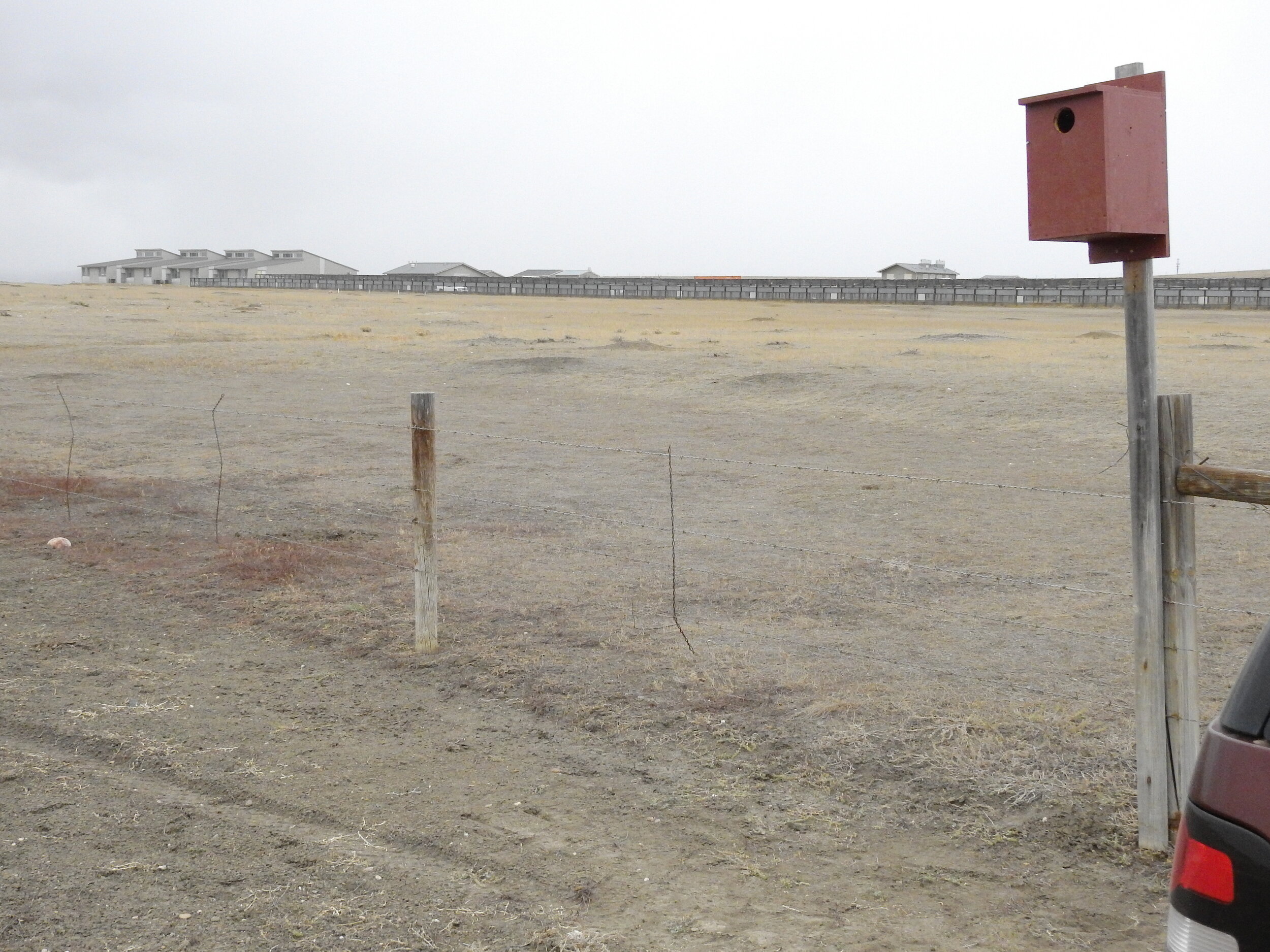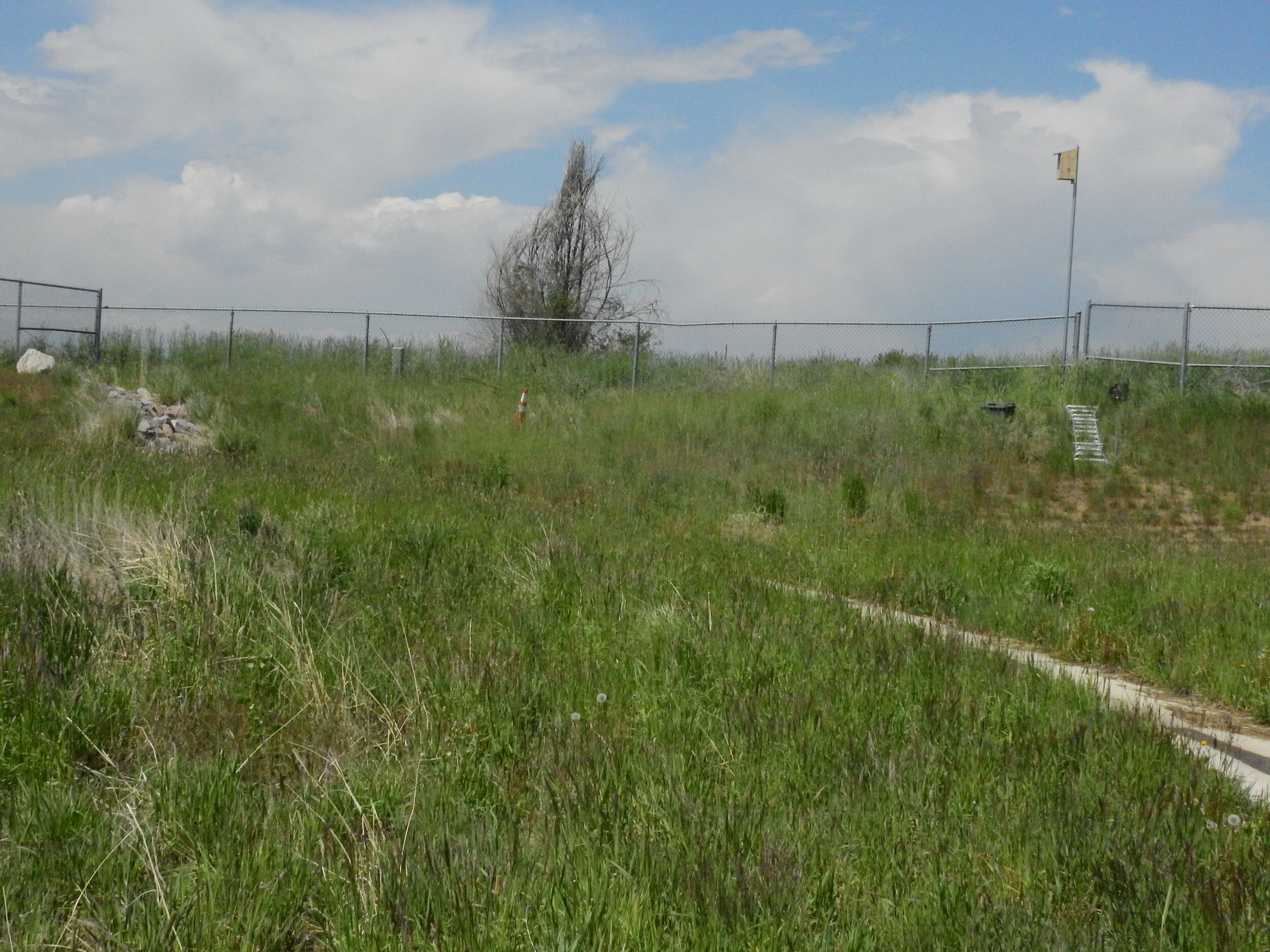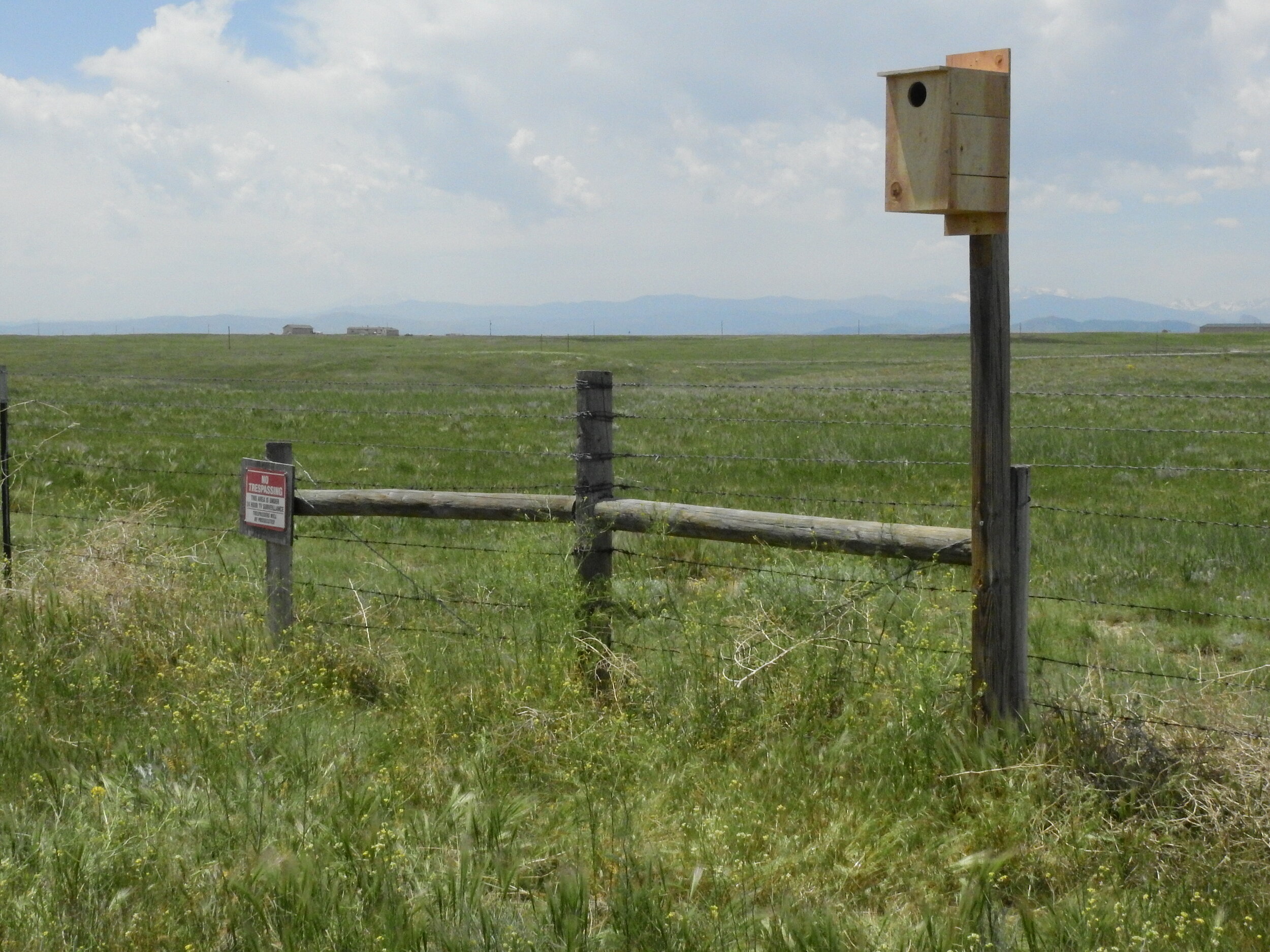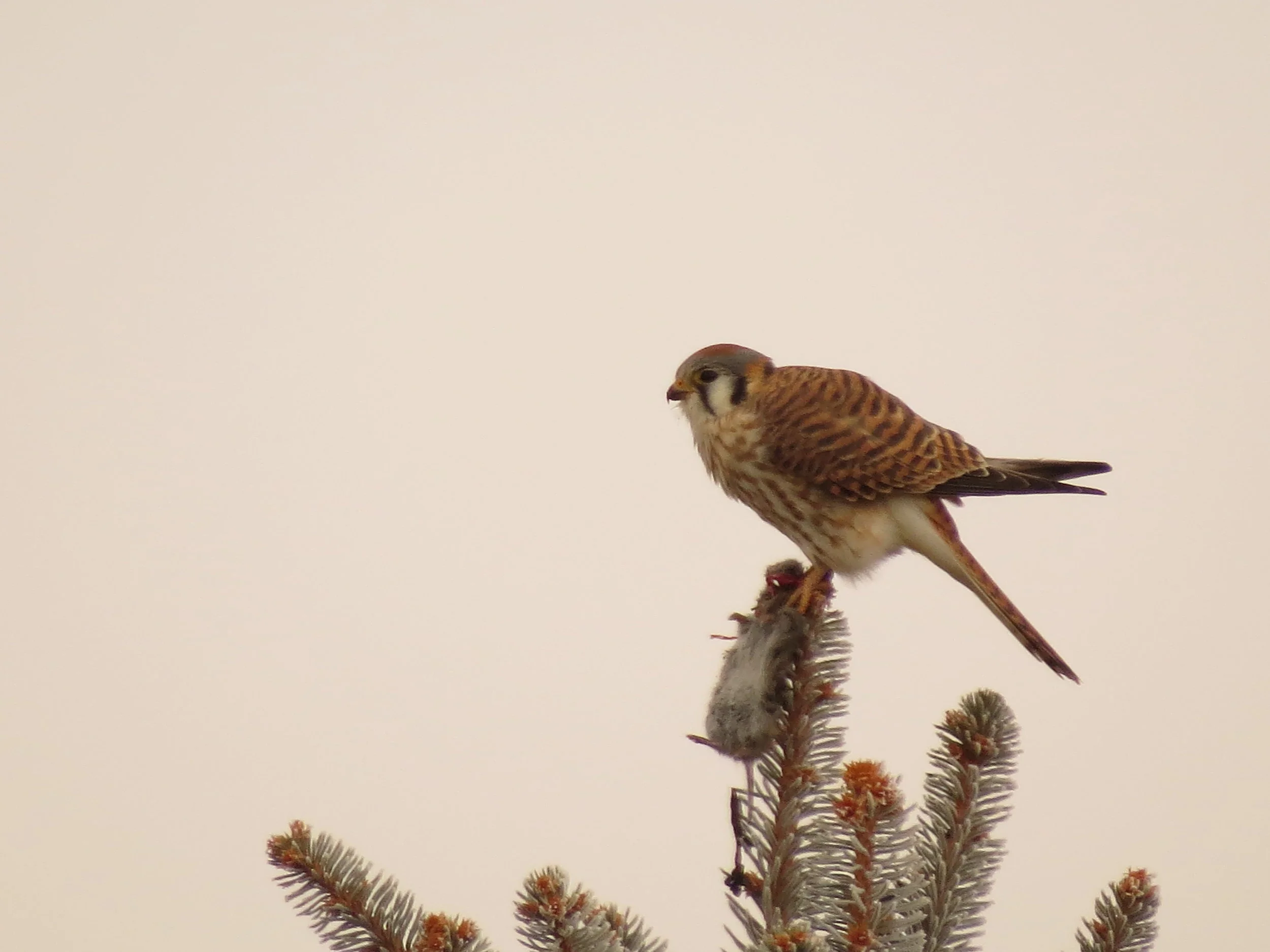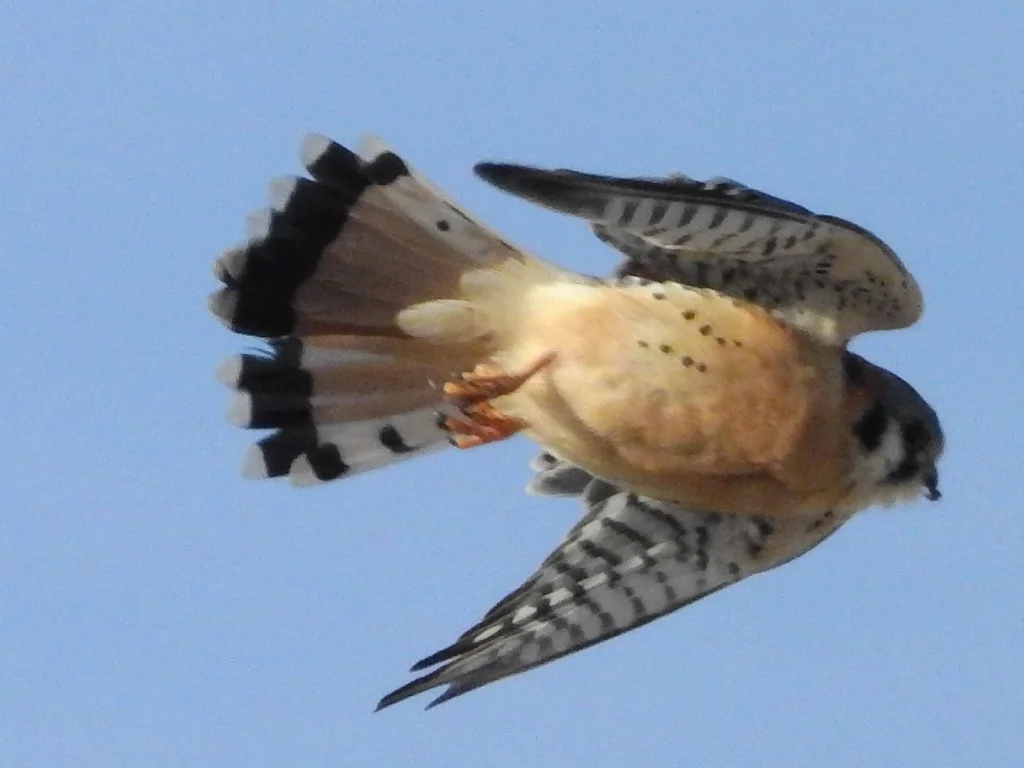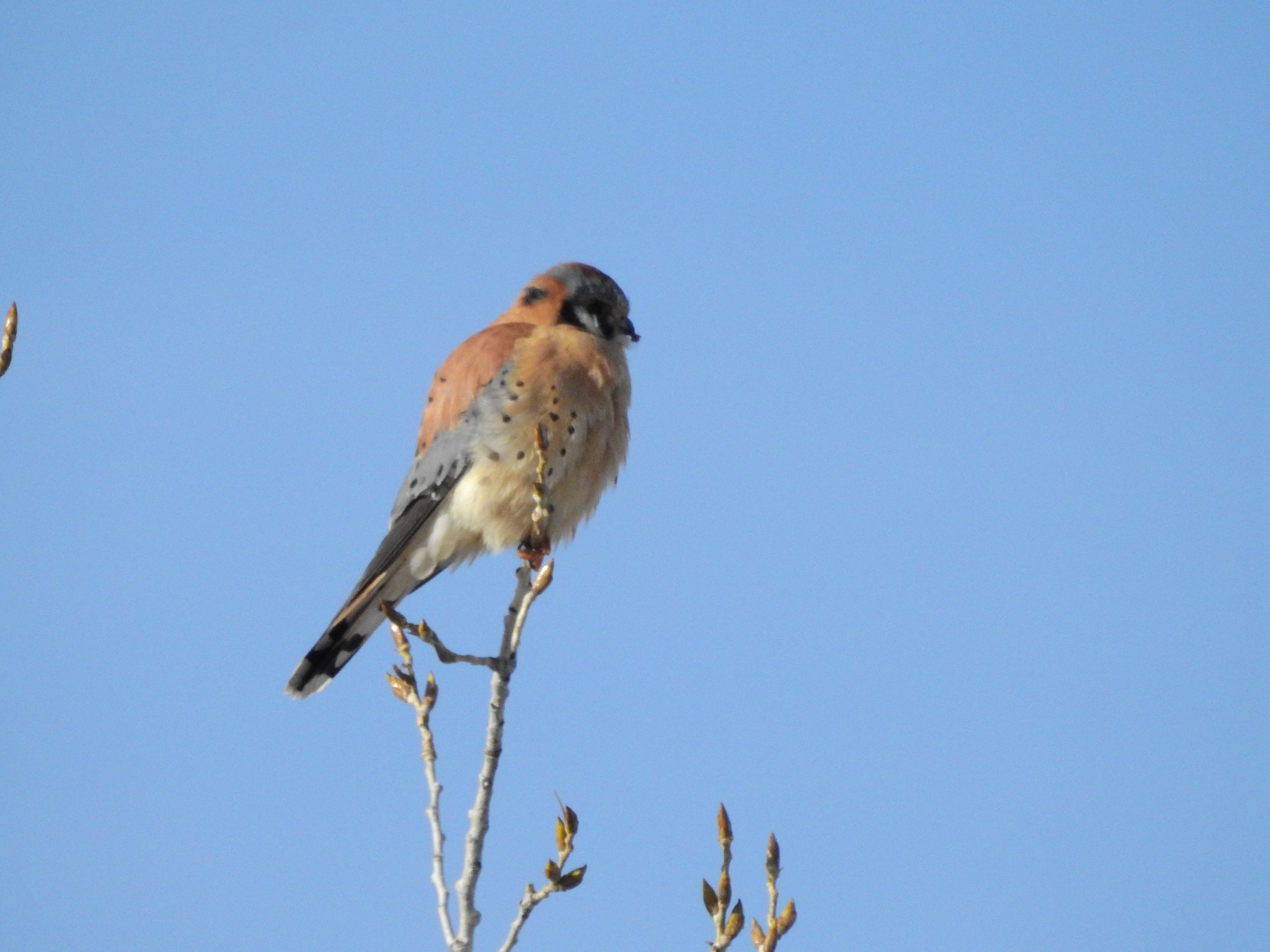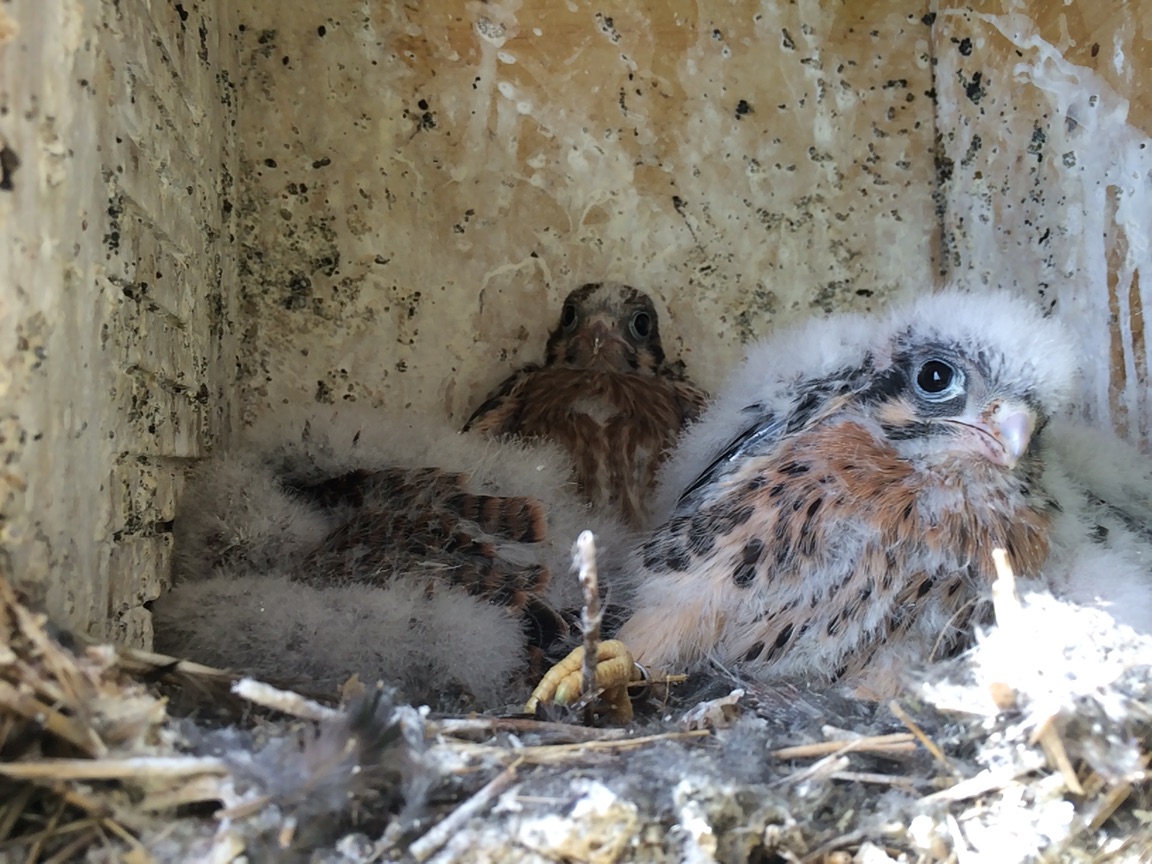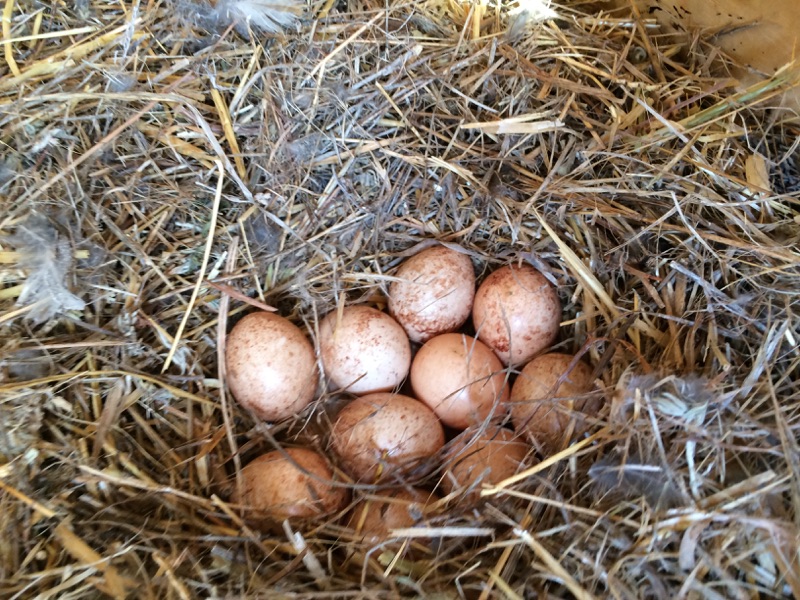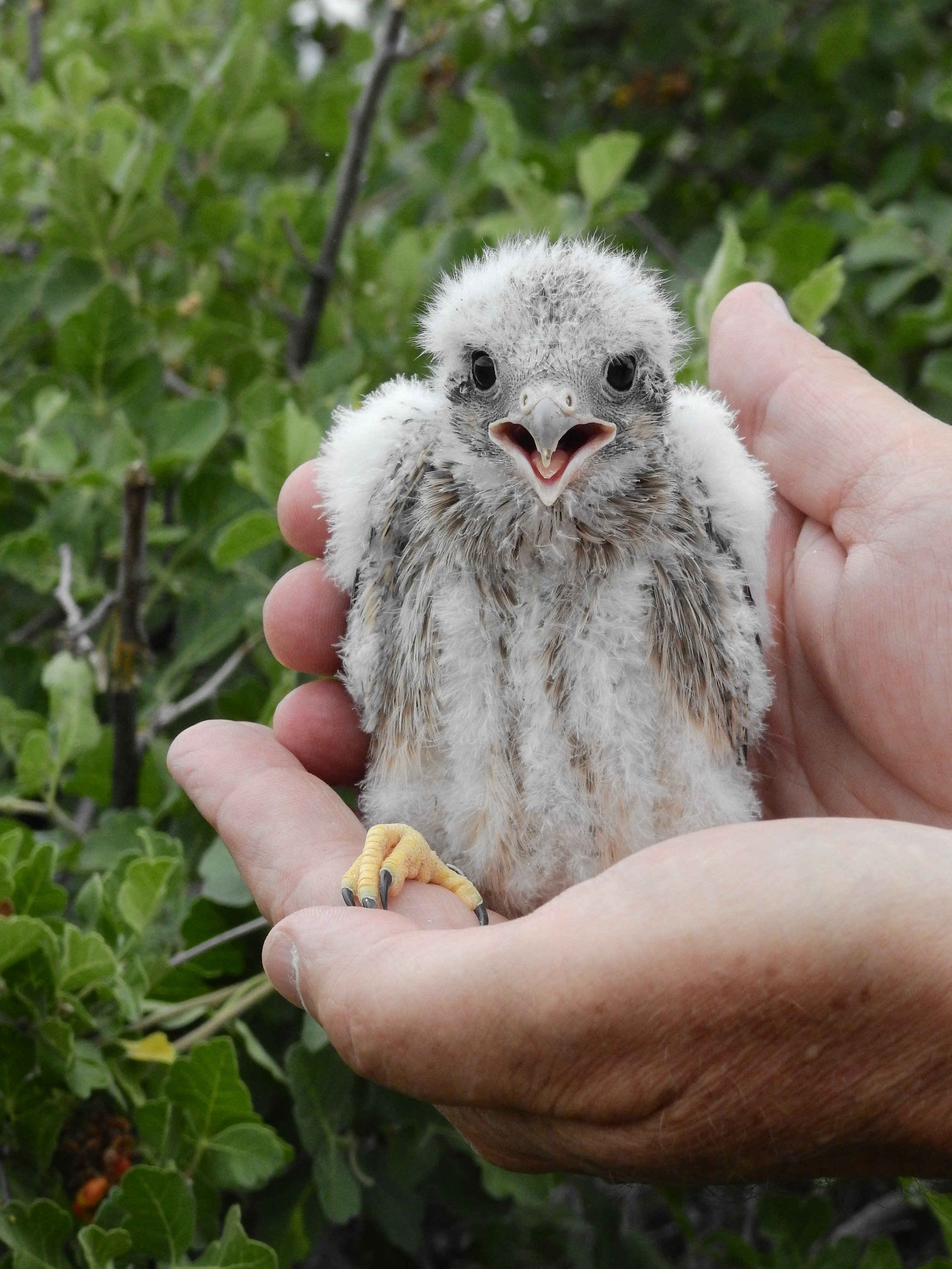American Kestrel Partnership
We are looking for location in Northern Colorado where we can place nest boxes for these falcons. If you have open country with a post or tree where a nest box can be placed. You have habitat for these birds.
We are looking for habitat like what is pictured below. The American Kestrel boxes are on the posts in each photograph below.
The adult American Kestrels that nested in our boxes in 2020 raised 127 Kestrels, including nestlings and adults!
The adult Amerian Kestrels that nested in our boxes in 2021 raised 84 Kestrels, including nestlings and adults!
We are hoping for many more young birds in 2022. If you believe you have proper habitat for these diminutive raptors, please contact us.
Above is a map of all of our American Kestrel nest boxes in Colorado, as of 5.7.21.
American Kestrel Research
American Kestrel numbers have declined across North America due to loss of habitat, loss of nesting sites, and predation by larger raptors such as Cooper's Hawks. Members of CARRI have American Kestrel boxes placed from south Parker to the Wyoming border, a distance of more than 100 miles (160.93 km), as the kestrel flies.
We are interested in locations on private land where nesting boxes for the smallest North American falcon can be placed and monitored. American Kestrels prefer open country with a few trees. All we need is a post or tree in open country where a nest box can be placed. The middle photo below is a photo of one of our nesting boxes.
In 2016, we had a bumper crop of nesting American Kestrels with all but one of our nest boxes active with nesting kestrels. One nest (the second photo below) had 10, yes 10 eggs in it. A normal clutch is only 5 eggs.
Below are some photos of American Kestrels, including nests, eggs, young and adults.
Volunteers of CARRI are interested in answering these questions about American Kestrels
American Kestrel's raise more young in nest boxes than in natural cavities.
American Kestrel's raise, on average, 5 young no matter how large their nest box is.
We have found as many as 10 eggs in a kestrel box (Photo above).
The timing in egg-laying and hatching of young at different elevations varies by a few weeks. They begin egg-laying earlier at lower elevations than higher ones.
Pairs of American Kestrel will nest closer to one another if the prey is adequate.
American Kestrels feed upon different prey items in different locations.
The diet of American Kestrels changes from summer to winter. In the winter, they feed upon voles, mice, and birds. In the summer, they often prey upon insects, lizards, small mammals, small birds, and snakes.
As part of our research we band hundreds of American Kestrels each year.
Below are some of our band recoveries.
1833-46724 American Kestrel banded in Fort Collins, CO. on 6/16/2019 and recovered dead on 12/21/2020 in Lubbock, TX.
1623-39686 American Kestrel banded in Loveland, CO. on 10/5/2012 and recovered dead on 4/4/2020 in Loveland, CO. (lived 8 years)
1893-88728 American Kestrel banded in Fort Collins, CO. on 6/2/2024 recovered dead on 4/13/2025 in Fort Collins, CO.
1893-96373 American Kestrel banded in Longmont, CO. on5/26/2024 recovered dead on 2/3/2025 in Longmont, CO.
1893-96384 American Kestrel banded 5/26/2024 in Windsor, CO. recovered dead on 2/20/2025 in Windsor, CO.


